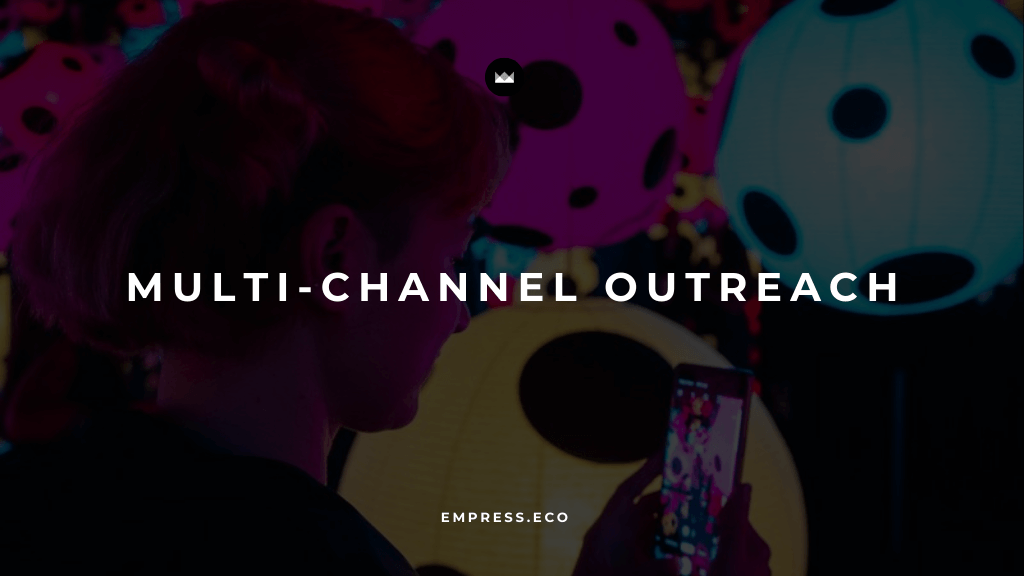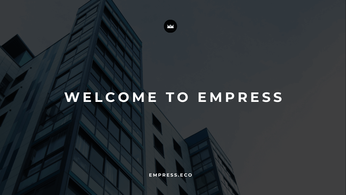
Multi-Channel Outreach: Expanding Your Reach
Integrating Diverse Platforms for Comprehensive Engagement
Table of Contents
In an increasingly connected world, businesses must adopt sophisticated and versatile approaches to engage their audiences effectively. Multi-channel outreach has emerged as a transformative strategy, enabling businesses to reach potential customers across various platforms, thereby maximizing visibility and engagement. This blog explores the importance of multi-channel outreach and provides actionable strategies for implementing it successfully.
Understanding Multi-Channel Outreach
Multi-channel outreach involves using multiple communication channels—such as email, social media, SMS, and phone calls—to connect with leads and customers. This approach ensures a broader reach and caters to the diverse preferences of your audience. By diversifying outreach efforts, businesses can avoid the pitfalls of relying on a single channel and increase their chances of generating high-quality leads.
The Benefits of Multi-Channel Outreach
Increased Reach
One of the most significant advantages of multi-channel outreach is the ability to reach a wider audience. Different people prefer different communication channels, and by utilizing multiple platforms, businesses can ensure their message is seen by a larger and more diverse audience .
Enhanced Engagement
Engaging with potential customers across various channels creates a more dynamic and interactive experience. This multi-faceted approach can lead to higher engagement rates, as prospects are more likely to interact with a brand that communicates through their preferred channels .
Improved Personalization
Multi-channel outreach allows for better targeting and personalization. By tailoring messages to fit the specific characteristics and preferences of each channel, businesses can create more relevant and impactful communications .
Consistency and Brand Recognition
Maintaining a consistent message across all channels strengthens brand identity and recognition. Consistency ensures that prospects receive a cohesive brand experience, regardless of the platform they use .
Data Collection and Insights
Using multiple channels provides more opportunities to collect valuable data on customer behaviors and preferences. This data can inform future marketing strategies and help optimize outreach efforts for better results .
Key Strategies for Effective Multi-Channel Outreach
Setting Clear Objectives
Before launching a multi-channel outreach campaign, it is essential to define clear objectives and key performance indicators (KPIs). These goals will guide your strategy and help measure the success of your efforts .
Understanding Your Audience
Thoroughly researching your target audience is crucial. Understanding their preferences, pain points, and behaviors across different channels allows for more effective targeting and personalization .
Choosing the Right Channels
Select the most relevant channels based on where your target audience is most active. Popular channels include social media platforms (e.g., Facebook, LinkedIn, Instagram), email marketing, SMS, and phone calls .
Integrating Data Pipelines
Utilize advanced marketing analytics platforms to streamline data processes. Integrating data pipelines helps in extracting, transforming, and visualizing data, enabling well-informed decisions based on valuable insights .
Crafting Consistent and Engaging Content
Ensure that your messaging is consistent across all channels while tailoring content to fit the unique format and audience preferences of each platform. Use a mix of text, images, videos, and interactive elements to capture and retain your audience's attention .
Leveraging Marketing Automation
Marketing automation tools can streamline multi-channel efforts by automating repetitive tasks such as email marketing and social media posting. Automation ensures timely and personalized interactions, maintaining consistency across all touchpoints .
Overcoming Challenges in Multi-Channel Outreach
Resource Constraints
Managing multiple channels can be resource-intensive. It is essential to have a dedicated team or tools to help manage and optimize your multi-channel strategy efficiently .
Solution: Invest in marketing automation tools and analytics platforms that can handle multi-channel campaigns, reducing the manual workload and ensuring efficiency.
Inconsistent Messaging
A multi-channel campaign should be treated as a cohesive unit. Ensure that all communications are harmonized and complement each other to avoid confusing your audience .
Solution: Develop a unified content strategy that ensures consistency in messaging across all channels, while allowing for customization to suit the nuances of each platform.
Measuring Success
Accurately measuring the effectiveness of multi-channel outreach can be challenging. Use comprehensive analytics tools to track performance across all channels and identify which ones are driving the best results .
Solution: Implement robust analytics platforms that provide insights into channel-specific performance and overall campaign effectiveness, allowing for data-driven optimizations.
Avoiding Oversaturation
While it is important to use multiple channels, be mindful of not overwhelming your audience with too many messages. Striking the right balance is key to maintaining engagement without causing fatigue .
Solution: Use frequency capping and carefully planned communication schedules to avoid overloading your audience with messages.
Conclusion
Multi-channel outreach is a powerful strategy for expanding your reach and engaging with your audience more effectively. By integrating diverse platforms and maintaining consistent, personalized communication, businesses can enhance their lead generation efforts and drive higher conversion rates. Embracing multi-channel outreach ensures that your marketing efforts are comprehensive, adaptable, and aligned with the evolving preferences of your audience.
As the digital landscape continues to evolve, businesses that adopt a multi-channel approach will be better positioned to connect with their ideal customers and achieve sustained growth.
Empress Newsletter
Join the newsletter to receive the latest updates in your inbox.



